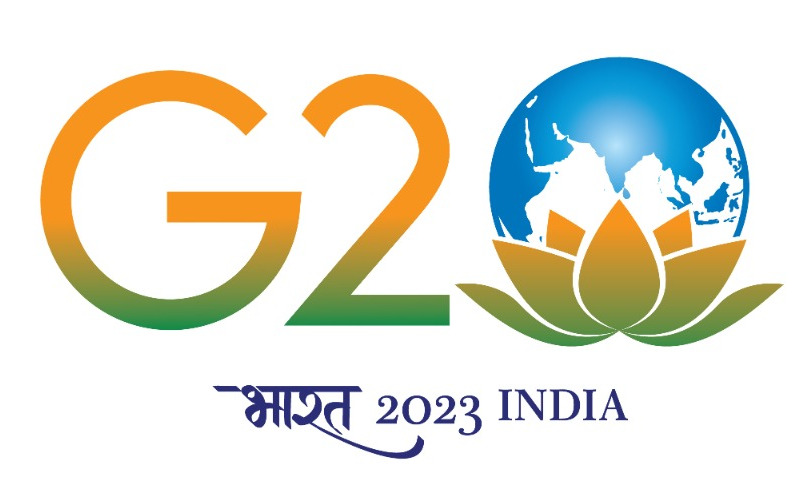Brief Overview of Chlor-Alkali Sector
The Chlor-Alkali industry in India produces about 69% of the basic chemicals in India, making it an important sector in manufacturing. Caustic soda, Chlorine, Hydrogen and Hydrochloric Acid are the main components of the Chlor-Alkali industry. These chemicals find their applications in a number of industries such as textiles, chemicals paper, PVC, water treatment, alumina, soaps & detergents, glass, chlorinated paraffin wax, among others. There are 32 plants in the country, with 56% of capacity in Western India alone. India constituted to 4% of global Chlor-Alkali capacity with installed capacity and production of 4.38 million TPA and 4.54 million TPA respectively.
Alkali chemicals production rose by 4.32% in FY 2017-18, with growth being steady over the years.With a capacity of 2 million tonnes, Gujarat is the largest State for the manufacturing of Caustic Soda. Gujarat also accounts for about half of India’s annual Caustic Soda production, pegged at 35.39 Lakh MT for 2018-19.Among the 32 plants of the Chlor-Alkali industry in the country, most are merchant units, with an average plant size of about 150 tonnes per day (TPD).
Manufacturing Process & Energy Consumption
The Chlor-alkali process is so called due to simultaneous production of caustic soda and chlorine. The production process involves electrolysis of brine followed by other processes as shown in the following picture.
Electrolytic cell is the core of the process. Three cell technologies; Mercury, Diaphragm and Membrane are used for the electrolysis. Now Membrane technology is widely used in the Chlor-Alkali Plants. Energy consumption is highest in the mercury cell process but it does not require steam for concentration of caustic soda. Membrane cell is most energy efficient but requires some steam for evaporation to concentrate the liquor of about 32-33% concentration to about 50%, the standard market product. Apart from higher level of energy consumption, mercury cells are also polluting and as such have been almost totally phased out in India.
Electricity is the primary source of energy for the Chlor-alkali manufacturing process; though some small amount of thermal energy is needed for increasing the concentration of cell liquor produced in diaphragm and membrane cells. The electrolysis energy need in the membrane cell process is close to 90% of the total energy, balance 10% being almost equally shared by auxiliary and thermal energy consumption. In the overall context, typical distribution of energy usage in different sub-processes is shown below:
| Sub- Processes | % of Total Energy Consumption (Equivalent to AC kWh/T CL2) |
|---|---|
| Electrolysis | 89 |
| Auxiliary | 5 |
| Thermal | 6 |
Further, most of the plants have their coal based captive power plants meeting practically the entire power demand of the manufacturing process. Typical fuel mix of Chlor-Alkali manufacturing process is presented below:
| Types of Fuels | % |
|---|---|
| Coal | 75 |
| Oil | 2 |
| Gas | 13 |
| Grid Electricity | 10 |
PAT Scheme for Chlor- Alkali Sector
The Chlor-Alkali Sector is a designated sector covered under the Bureau of Energy Efficiency’s flagship Perform, Achieve and Trade (PAT) scheme for large energy-intensive industrial sectors. PAT Cycles wise number of DCs, their total energy consumption (Million TOE) and energy savings targets (Million TOE) of the Chlor-Alkali Sector are presented below:
| Cycles | No. of DCs | Total Energy Consumption (Million TOE) |
Energy Saving Targets (Million TOE) |
|---|---|---|---|
| PAT Cycle I | 22 | 0.89 | 0.09 |
| PAT Cycle II | 24 | 1.77 | 0.102 |
| PAT Cycle III | - | - | - |
| PAT Cycle IV | 2 | 0.05 | 0.003 |
| PAT Cycle V | 2 | 0.0282 | 0.0017 |
| PAT Cycle VI | - | - | - |
| PAT Cycle VII | 24 | 2.48 | 0.097 |
| PAT Cycle VIII | 1 | 0.135 | 0.00810 |
Energy Savings Achievement in the Chlor-AlkaliSector under PAT Cycle I and PAT Cycle II are 0.09 Million TOE and 0.136 Million TOE.
Best Practices Adopted by Chlor-Alkali Sector
Chlor-Alkali industries have adopted the following key operational best practices and technologies as part of their Industrial Energy Efficiency and Decarbonisation (IEED) measures:
- Technology upgradation to Zero-gap technology.
- Installation of micro-turbine.
- Feeding of 48% hot Caustic Soda Lye direct to flaker plant.
- Changeover of fuel from Furnace Oil (FO) to Hydrogen in process heating/steam requirement.
- Utilizing Hydrogen in Captive Power Plant.
- PEM Fuel Cell Technology using Hydrogen.
- Hydrogen Compressed Natural Gas (HCNG) (Hydrogen blending with CNG).
Details of Line Ministries
Department of Chemicals and Petrochemicals (https://chemicals.gov.in/)
Details of Specialised Organization / Research Institute
- Indian Institute of Chemical Technology, Hyderabad
- National Chemical Laboratory
- Indian Institute of Chemical Engineers
Details of Industrial Associations
List of Key Technologies
- Zero Gap Electrolyser
- Oxygen-Depolarised Cathodes (ODCs)
- Hydrogen Fuel Cell for Electrolysis in Caustic Soda Production
List of EE and Decarbonisation Technology Providers (National& International)



